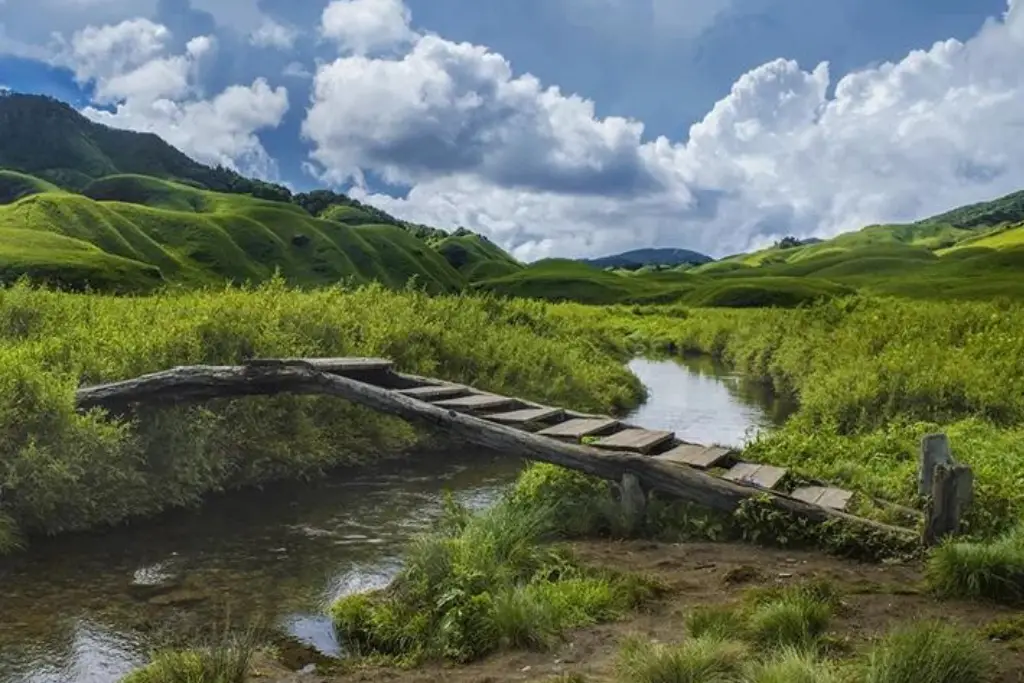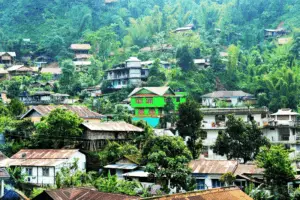Northeast India is a hidden gem that is often overlooked by tourists. This region, comprising eight states, is rich in culture, history, and natural beauty. It is a land of diverse landscapes, from the snow-capped peaks of the Himalayas to the tropical rainforests of the Brahmaputra Valley. The region is also home to a diverse range of people, each with its unique traditions, customs, and languages.
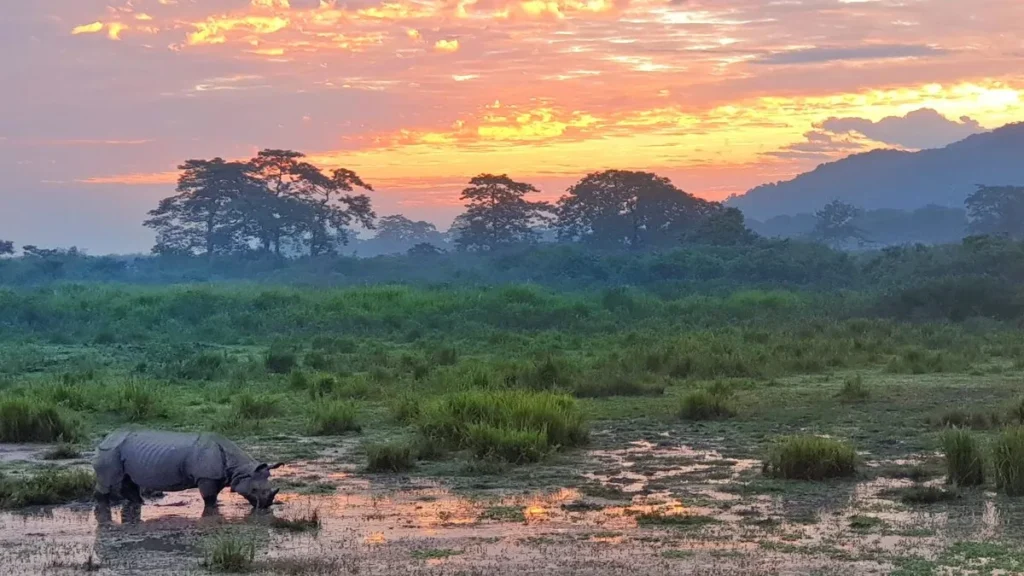
Northeast India remains one of the country’s best-kept secrets, offering a travel experience that is both unique and enchanting. Whether you are drawn to the unspoiled landscapes, diverse cultures, or adrenaline-pumping adventures, this region has something for every traveler.
Here are 9 reasons why you should consider Northeast India for your next travel destination.
A Land of Natural Beauty
Northeast India is known for its stunning natural beauty. From the snow-capped peaks of the Himalayas to the lush green forests, there is no shortage of breathtaking sights to see. The region is home to some of the largest national parks in India, including Kaziranga National Park, Manas National Park, and Namdapha National Park. These parks are home to a diverse range of wildlife, including the one-horned Indian rhino, the Asian elephant, and the Bengal tiger.

The region is also known for its stunning waterfalls, including the Nohkalikai Falls and the Dain-Thlen Falls. These falls are not only beautiful, but they are also a source of fresh water for the local communities. The rivers of the region, such as the Brahmaputra and the Barak, are also major sources of hydroelectric power, providing energy to the surrounding communities.
A Land of Cultural Diversity
Northeast India is home to a diverse range of communities, each with their own unique traditions and customs. The region is particularly known for its rich cultural heritage, with many communities still practicing ancient traditions that have been passed down through generations. This diversity is reflected in the region’s many festivals, such as the Bihu Festival in Assam, the Hornbill Festival in Nagaland, and the Lai Haraoba Festival in Manipur.
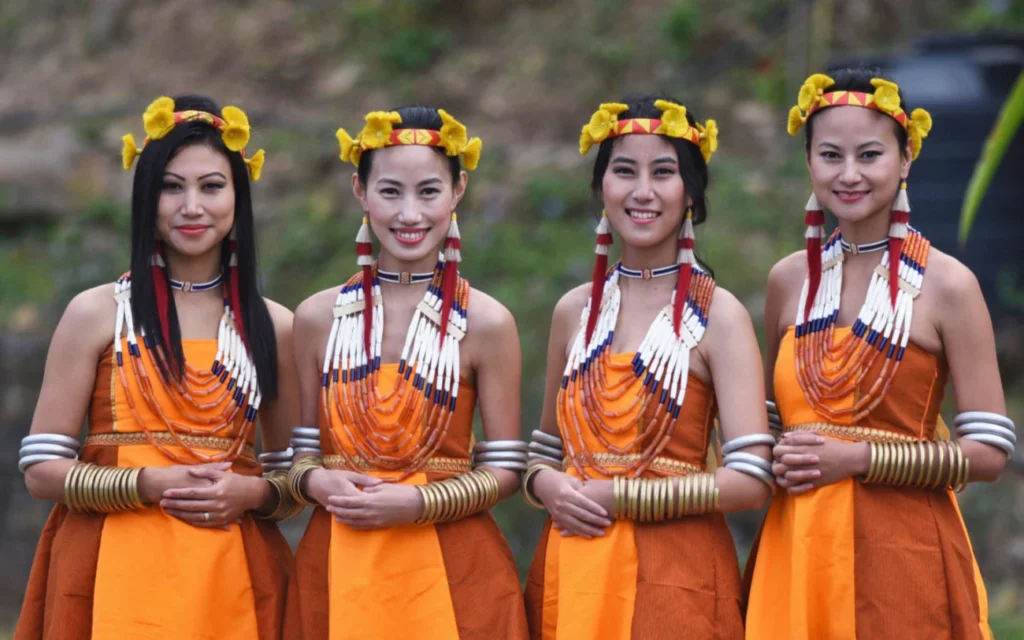
The region is also home to a range of unique cultural practices, such as the traditional art of weaving in Assam, the head-hunting practices of the Nagas, and the music and dance of the Mizos. This rich cultural heritage has been preserved through the efforts of local communities and cultural organizations, ensuring that these traditions will continue to thrive for generations to come.
A Land of History and Heritage
Northeast India is rich in history and heritage, with many important sites and monuments scattered throughout the region. Some of the most important sites include the Kamakhya Temple in Assam, the Shillong Peak in Meghalaya, and the Ima Keithel market in Manipur. These sites are not only important from a historical perspective, but they are also important for the local communities, as they serve as a source of pride and cultural identity.
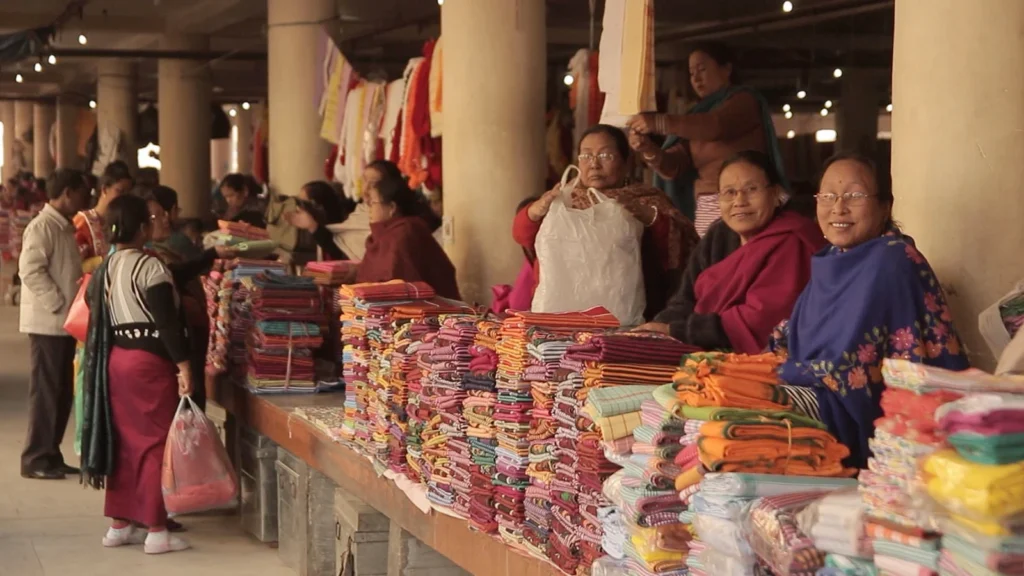
The region has also played a key role in India’s independence movement, with many local leaders and communities playing an important role in the fight for freedom. Today, this rich history and heritage continue to be celebrated through a range of cultural and historical events, such as the Independence Day celebrations in Shillong and the Martyr’s Day celebrations in Manipur.
Northeast India: A Photographer’s Paradise
With its diverse landscapes, vibrant cultures, and unique traditions, Northeast India is a haven for photographers. From the misty landscapes of Meghalaya, and the abode of clouds, to the colorful festivals of Manipur, the jewel of India, every corner of the region offers captivating visuals.
The opportunity to capture the raw and untouched beauty of Northeast India makes it a paradise for both amateur and professional photographers. You can witness the breathtaking views of the Himalayan peaks, the lush green tea gardens, the ancient monasteries, and the exotic wildlife. You can also interact with the friendly and hospitable people of the region, who belong to various ethnic groups and have their own languages, customs, and cuisines.
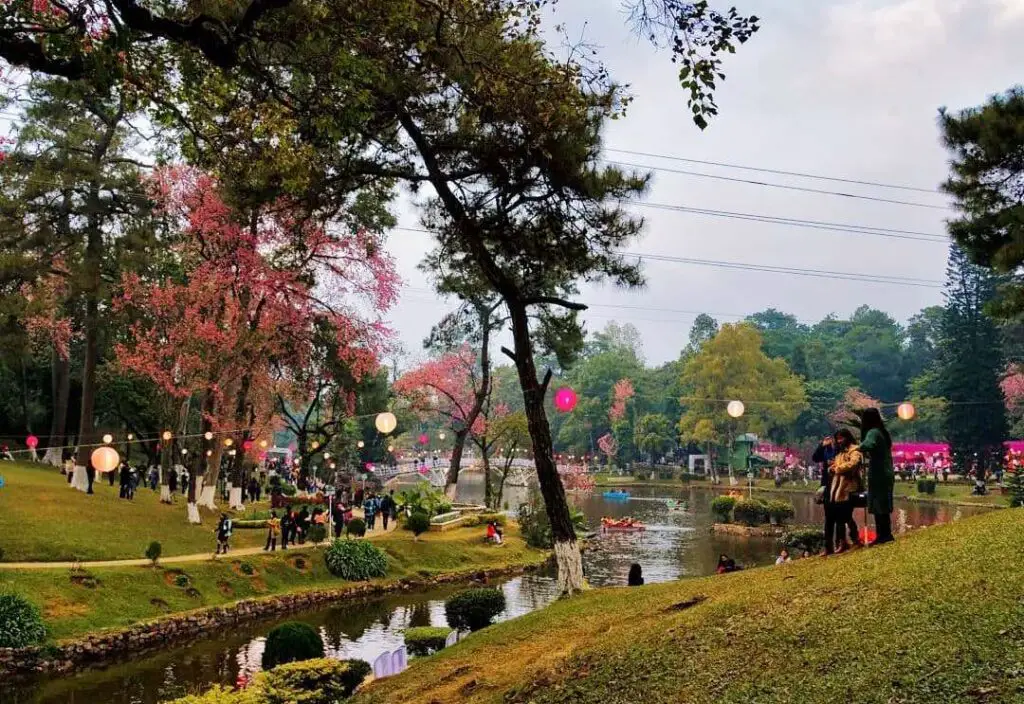
Northeast India is a treasure trove of stories and experiences that will enrich your photography skills and portfolio. Whether you are looking for nature, culture, adventure, or spirituality, you will find it all in this amazing region. Northeast India is a destination that you should not miss if you are passionate about photography.
High Level of Respect for Women
The life of women in Northeast India is noteworthy for its high level of respect and empowerment. Compared to the rest of the country, women here are financially independent and are given the agency to make their own decisions. They participate in a wide range of occupations, from street vendors and laborers to teachers, managers, and engineers, working alongside men.

Although gender equality is widely embraced throughout the region, the state of Meghalaya stands out with its unique matrilineal system, where women hold a special place of honor and authority.
Land Of Distinct Matrilineal System
Meghalaya, located in the northeast region of India, is home to three prominent tribes that follow a distinct matrilineal system. In this system, after marriage, the groom moves to the bride’s household and their children take the mother’s surname or clan name. Traditionally, in the Khasi, Jaintia, and Garo societies, the youngest daughter inherits the property from her mother.
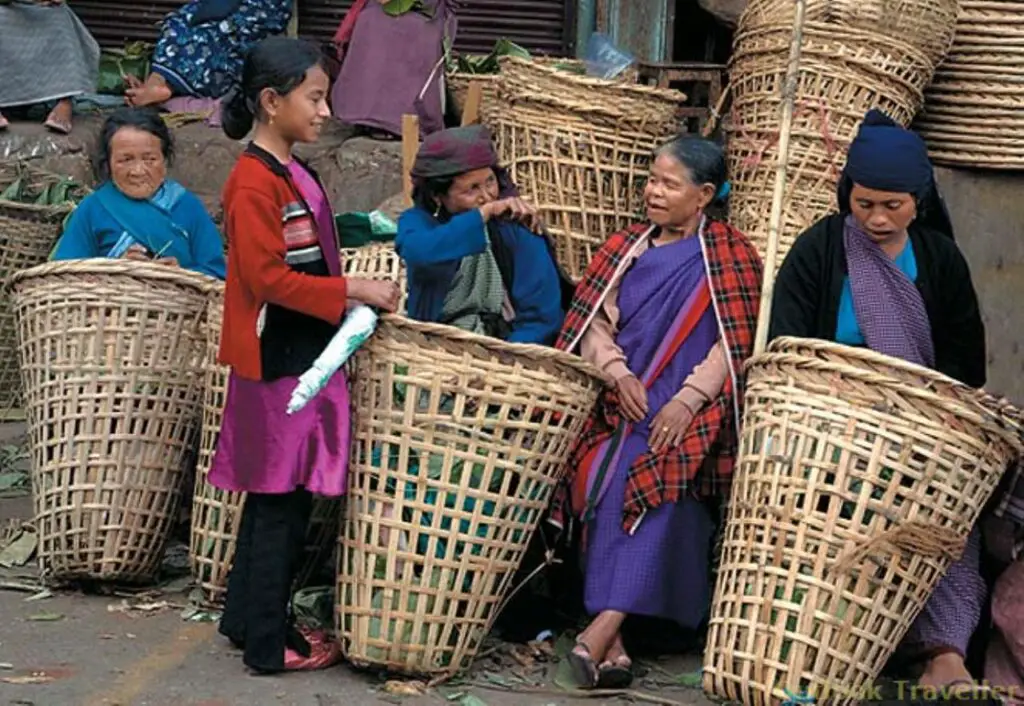
This unique tradition has been passed down from generation to generation and continues to be an integral part of their cultural heritage. These matrilineal traditions highlight the important role that women play in the societies of Meghalaya and provide a fascinating insight into the diverse cultural practices found in India.
If you’re looking to discover and experience new cultures and traditions, a visit to Meghalaya is a must. Whether it’s exploring the matrilineal practices of the Garo, Jaintia, and Khasi tribes or taking in the breathtaking natural beauty of the region, Northeast India is sure to leave a lasting impression on you.
Matchless Rock-n-Roll Destination
Shillong, also known as the Rock Capital of India, is a picturesque hill city in Meghalaya that is highly regarded by music enthusiasts. The city is home to a significant number of musicians and music aficionados and is a popular venue for some of the world’s best bands when they tour India. Shillong has also produced several of India’s most talented singers, across genres such as blues, reggae, and rock-n-roll. Notable music festivals hosted in the city include the Shillong Blues & Jazz Festival and the NH7 Weekender.

Northeast India is a hotbed of musical talent, and Shillong is just one of the many destinations that attract music lovers. The Hornbill International Rock Festival, held annually from December 1 to 7, is a major draw for tourists.
Additionally, the Ziro Festival, established in 2012, is a must-visit for fans of independent rock music. Held in late September, the four-day festival takes place in the beautiful Ziro Valley of Arunachal Pradesh and is hosted by the valley’s indigenous people.
One Of a Kind Cuisines
Northeast India is a paradise for food lovers, as it offers a wide range of dishes that reflect the diversity and richness of its culture. The cuisine of the region is influenced by the various tribes and communities that inhabit it, each with its unique style and taste.

The dishes are prepared with fresh and local ingredients, such as bamboo shoots, fermented fish, smoked meat, and exotic herbs and spices. The cuisine is predominantly non-vegetarian, but it is also light and healthy, as it uses less oil and more natural flavors.
Some of the dishes that are sure to delight any food enthusiast are Jadoh, a pork and rice delicacy from Meghalaya; Iromba, a spicy and tangy fish and vegetable stew from Manipur; Vawksa Rep, a succulent smoked pork dish from Mizoram; and Kumurat diya Hanhor Mangxo, a mouth-watering duck and ash gourd curry from Assam. These are just a few examples of the culinary treasures that await anyone who visits Northeast India.
Warmth And Hospitality Of The People
One of the most remarkable aspects of Northeast India is the hospitality and friendliness of its people. They welcome everyone with a smile and a genuine interest in their well-being. They are always ready to share their culture, food, and stories with their guests, and make them feel at home. Their hospitality is not limited by any boundaries of religion, caste, or ethnicity, but rather reflects their respect and appreciation for diversity.
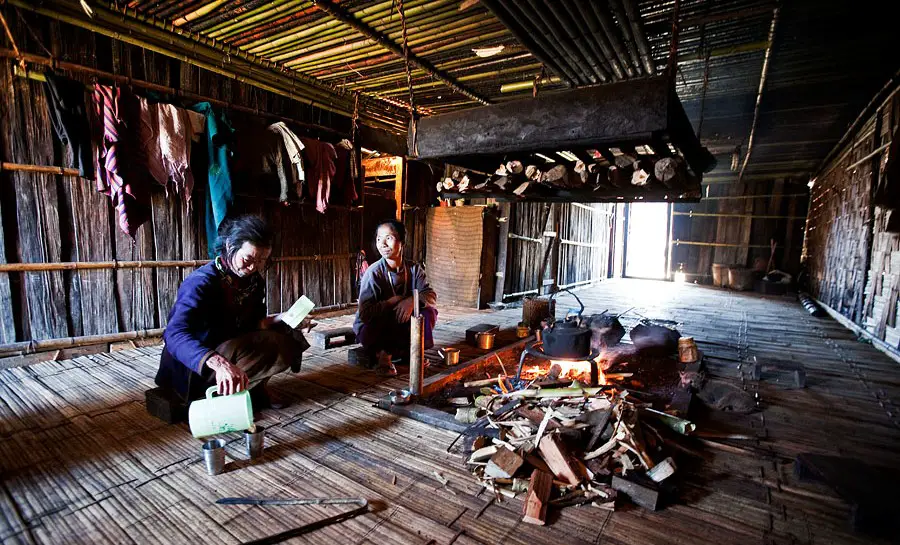
They set a high standard of kindness and generosity for the rest of the country to emulate. Anyone who visits Northeast India will be touched by the warmth and affection of its people and will carry a fond memory of their experience.
Conclusion
A visit to Northeast India is a must for anyone looking to experience the beauty and diversity of this region. From its stunning natural beauty to its rich cultural heritage, there is no shortage of reasons to visit this hidden gem. Whether you are a history buff, a nature lover, or simply someone looking to experience something new, a visit to Northeast India is sure to leave a lasting impression. So what are you waiting for?
Visiting the three states- Arunachal Pradesh, Nagaland, and Mizoram would require Inner Line Permits (ILPs) while foreigners including Overseas Citizens of India require Protected Area Permits (PAPs) for Arunachal Pradesh and Sikkim. Obtaining an Inner Line Permit (ILP) is not required for visiting Assam, Meghalaya, and Tripura for Indians or foreigners.

